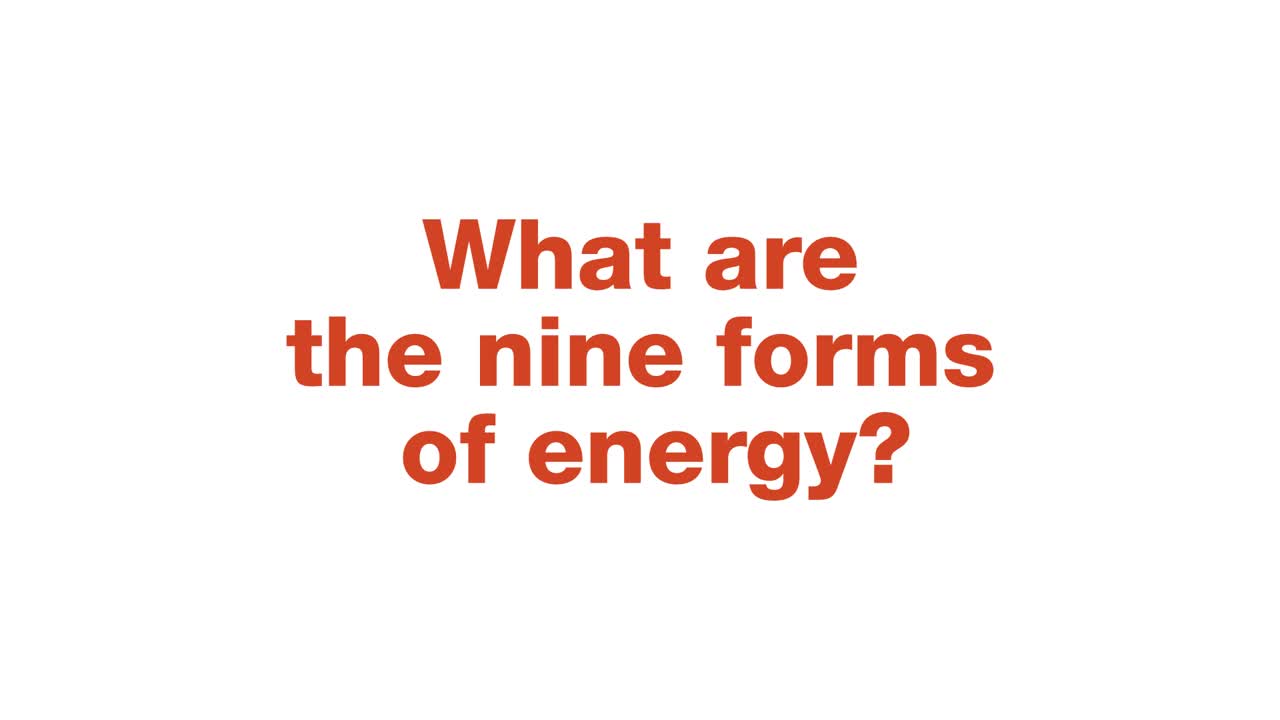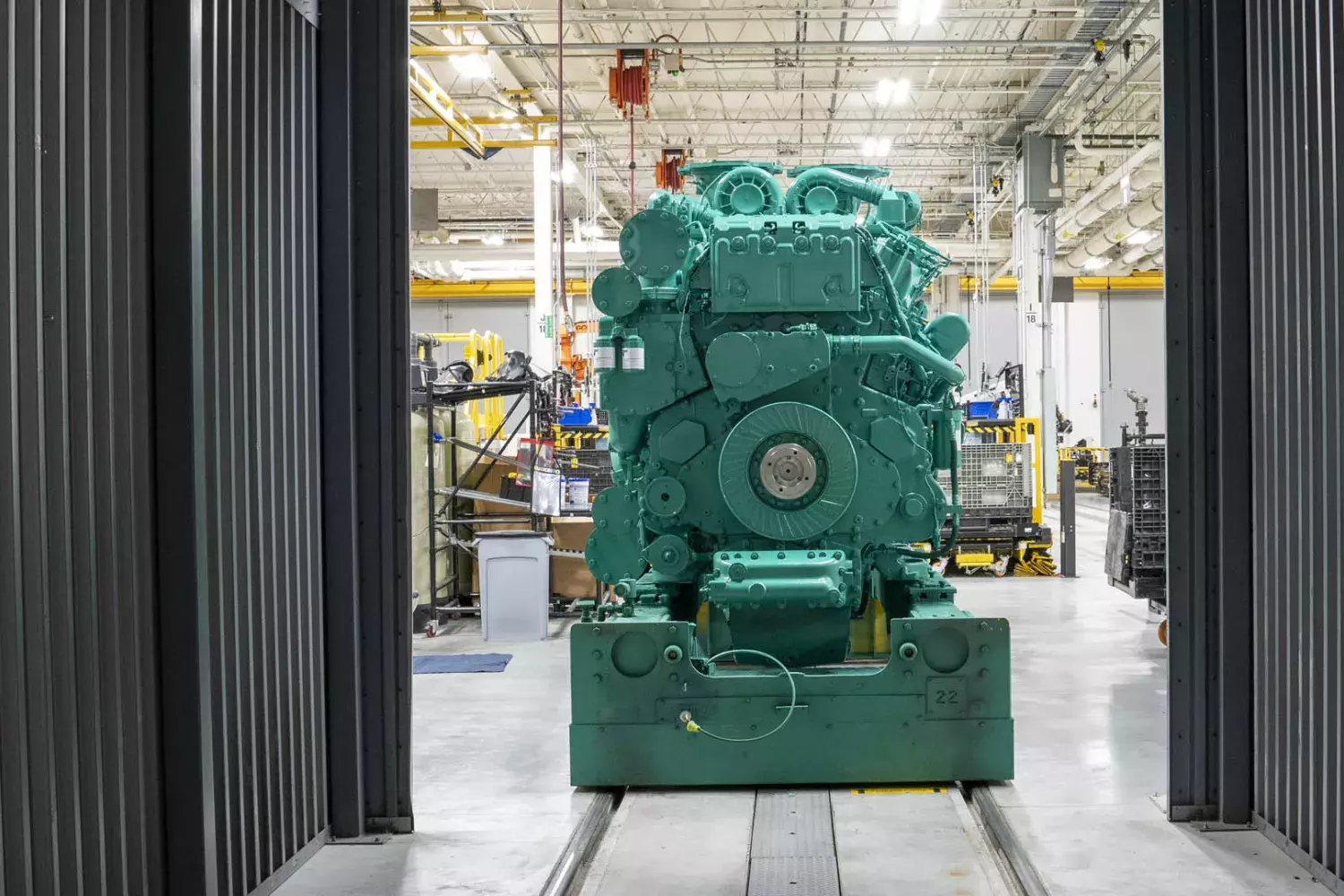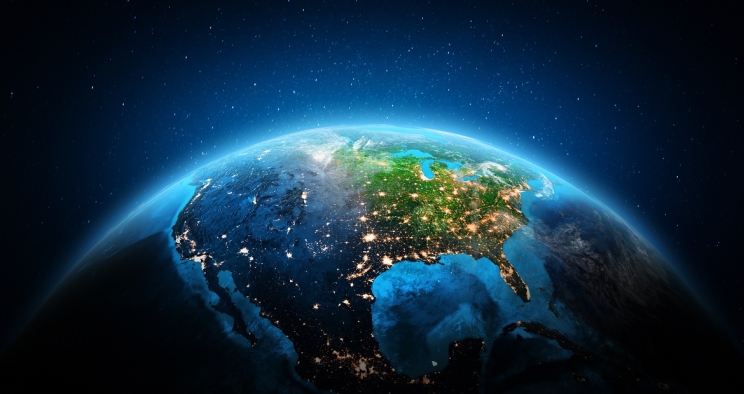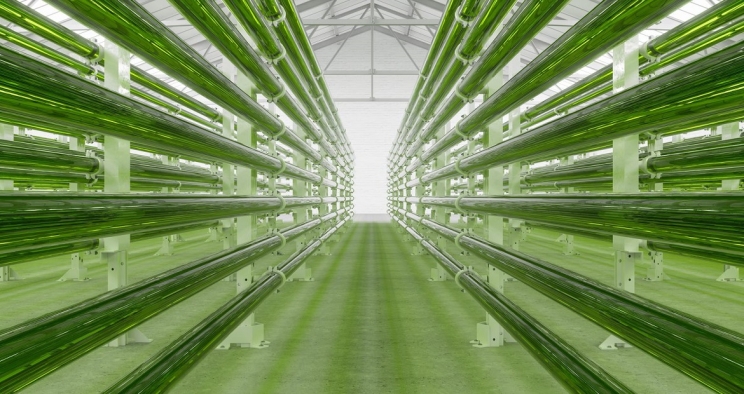
Energy sources: renewables, fossil fuels and more
What are sources of energy?
Power plants don't create energy. Power plants convert energy available in different forms into electricity. Power generation systems are simply energy converters. Power plants that burn fuel convert energy that is stored in the form of chemical bonds that exist between the atoms and molecules present in the fuel. Other types of power plants recover energy that exist in their environment and convert it to electricity.
You may have heard of the law of conservation of energy. It states that energy is never created or destroyed. Instead, energy is only ever transformed from one form to another. Take for example a flowerpot situated on a windowsill. Someone had to carry the flowerpot there. That person used chemical energy stored in his or her body to raise it. Now at a height, the flowerpot has potential energy. Then the flowerpot falls and as it falls it acquires speed, momentum and, thus, kinetic energy. When the flowerpot explodes on the ground, its kinetic energy is instantly released in the form of heat in the surrounding air. This is an example of energy being converted from chemical energy, to potential energy, to kinetic energy, to heat. Of course, falling flowerpots don't release a lot of heat.
But think for example about what happens when meteorites fall on Earth. The process is the same-meteorites convert their kinetic and potential energy to heat when they burn up in the atmosphere. The asteroid that killed the dinosaurs certainly released more heat than a falling flowerpot.
What are the types of energy?
- Chemical energy results from the bonds between the molecules of a chemical substance. When those bonds break, energy is released in the form of theat. Any substance that can burn contains some amount of chemical energy, but burning is not the only way to release chemical energy. A battery, for example, also contains chemical energy. Connect its terminals to a load, and the battery releases its stored chemical energy as electricity.
- Kinetic energy is the energy associated to moving matter. The heavier an object, and the greater its speed, the more kinetic energy it has. When air is in movement (in other words, when there is wind), it carries kinetic energy.
- Electric energy is carried in power lines by the combination of electric current and electric voltage.
- Light energy is carried by electromagnetic waves. Radio waves, microwaves, X-rays and visible light are all electromagnetic waves. When you microwave a cup of water, you are transferring energy to the water via electromagnetic waves. If the sun feels hot, it’s because your skin is receiving light energy from the sun.
- Nuclear energy is released by the fission of atoms. The nucleus of an atom is bound together by extremely strong forces. Breaking those bonds results is large amounts of energy being released in the form of heat and radiation.
- Thermal (heat) energy, or heat, is simply the energy associated to things that are hot. Engineers sometimes also talk about enthalpy, which is a measure that incorporates heat plus the energy associated to fluids that are under pressure.
- Gravitational potential energy is the energy of things that can fall. The higher and heavier an object, the more energy its fall will release.
- Elastic (strain) potential energy is energy stored in an elastic object due to force applied to this object. This force result in deformation within the elastic object. This deformation stores the energy within the object.
- Sound energy is a form of wave energy, which is itself a form of kinetic energy. Sound waves carries a small amount of energy through the air. In water, waves also carry energy. In the ocean, the amount of energy carried by waves is significant.

What are fossil fuels, and energy from fossil fuels
Back to the power plants. Many power plants generate electricity by burning fuel. Fuels such coal, natural gas and oil-derived fuels are known as fossil fuels.
Fossil fuels are the result of the decomposition over very long periods of time of buried dead organisms. All those organisms grew their bodies, millions of years ago, by a process known as photosynthesis (or by eating other, photosynthesis-capable organisms). Photosynthesis is a biological process that allows plants, algae and certain bacteria to convert light energy from the sun and carbon dioxide from their environment into carbohydrate molecules. So in a way we can say that, ultimately, the electricity generated in a coal power plant comes from the sun. Does it mean that coal power plants provide renewable power, like solar power? Unfortunately, no. It takes so much time-millions of years-for dead plants and animals to turn into coal, so no useful amount of coal forms over the human timescale. If all the coal was mined and all the oil was pumped, there would be no more, which makes fossil fuels non-renewable.
Coal was the primary source of energy for power plants in many parts of the world for most of the 20th century, and is still the dominant fuel for power generation in many countries. Natural gas is another very popular source of energy. In the United States, it is now the number one fuel for power generation. Natural gas is cheap, clean, and it is great for gas turbine power plants. Liquid fuels such as naphtha, diesel and heavy oil are also important fuels used in power generation applications. They are widely available, easy to transport and easy to store, which makes them perfectly suited for standby power generation that run when other power plants are not available.
Energy from renewable biofuels: CO2-neutral energy
Not all fuels burned in power plants are fossil fuels. With the right type of firing system, almost anything that burns can be used for electricity generation. Many power plants run on fuels like wood chips, corn husks, sugarcane fibers, and even household trash. Some paper mills, for example, include a small power plant that runs on black liquor, a wood-derived byproduct of the paper-making process. Such fuels come from plants that can be farmed at will, which is why they are thought of as renewable fuels.
It is also possible to make renewable fuels that are almost indistinguishable from fossil fuels. For example, soybeans, corn, beets and other crops can all be made into ethanol and biodiesel. Many diesel engines can run on biodiesel without any modification. Ethanol can be burned on its own, or it can be mixed with gasoline and be used as a fuel in most vehicles. Did you know that 98% of the gasoline sold in the United States contains 10% ethanol?
Biofuel processing technology has seen a lot of innovation in the past years. One of the reasons why biofuels are attracting so much attention is that they air said to burn CO2-free. This is a bit of a misnomer. When wood chips burn, CO2 is released into the atmosphere. Nobody can deny that. However, the wood chips came from a tree, and the tree captured the same amount of CO2 when it grew. The result is that there is no net increase of CO2 in the atmosphere, so CO2-neutral is more accurate.
Biofuels allow power plants to run as reliably as fossil fuel-fired power plants, but without the carbon emissions. In contrast, when fossil fuel burns, the CO2 that is released was captured millions of years ago. On a hundred-million-year timescale fossil fuels may burn CO2-neutral but on the human timescale burning fossil fuels results in a net increase of atmospheric CO2.
Energy from solar and wind: clean energy
Photovoltaic (PV) panels and wind turbines are the fastest growing power generation technologies worldwide. They are also the primary sources of renewable energy together with hydroelectric power plants. Neither requires any fuel to generate electricity. Does it mean that they create energy out of nothing? Of course not. PV panels extract the electromagnetic energy of sunlight. Wind turbines harness the kinetic energy of the wind. Both are great ways to generate electricity—there is no fuel to worry about, there are no emissions. Moreover, PV panels and wind turbines are becoming cheaper and easier to install every year.
Their main drawback is that although the sun and the wind will never run out, it doesn't mean that it is always windy, or that it is always sunny. No sun, no solar power. No wind, no wind power. When large quantities of wind and solar power are present on an electrical grid, it is important to have standby power plants available that can supplement solar and wind resources when they cannot generate electricity. For example, California's electrical system includes lots of solar power, and as a result requires many flexible thermal power plants to startup in the evening to compensate for the loss of solar electricity.
Energy from nuclear power plants: energy from the atom
Nuclear power plants draw their energy from a source that is of a different nature.
Nuclear fuel, uranium, does not store any significant amount of chemical energy, and does not burn in the way that coal or natural gas burns. Instead, uranium atoms are broken up through the fission process. When normal combustible fuel burns, the chemical bonds that tie the fuel molecules break, releasing energy. When uranium fission occurs, it is the nuclear bonds that keep the nuclei of uranium atoms together that break and release energy. Nuclear bonds are many times stronger than chemical bonds, explaining why a small amount of uranium can release so much energy.
Did you know that uranium is not the element that can be used to fuel nuclear power plants? Another naturally occurring element that could be used as a source of nuclear energy is thorium. Thorium is generally more abundant than uranium and countries such as India that lack domestic uranium resources have expressed interest in developing a thorium fuel cycle.







